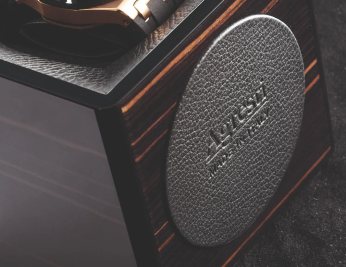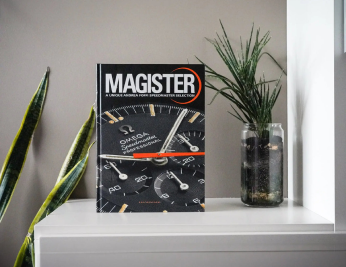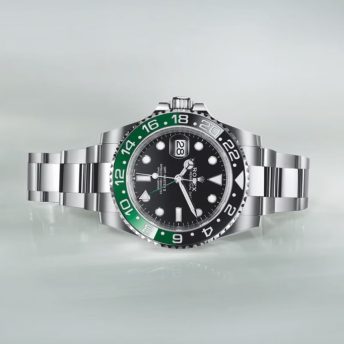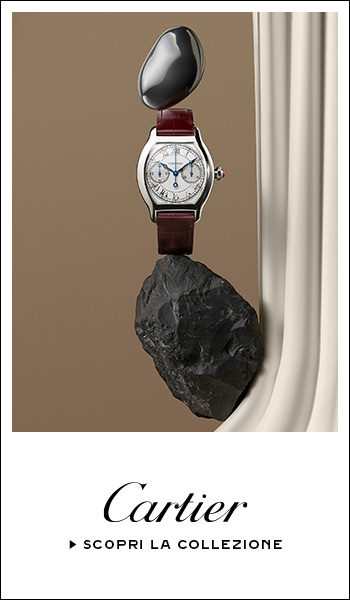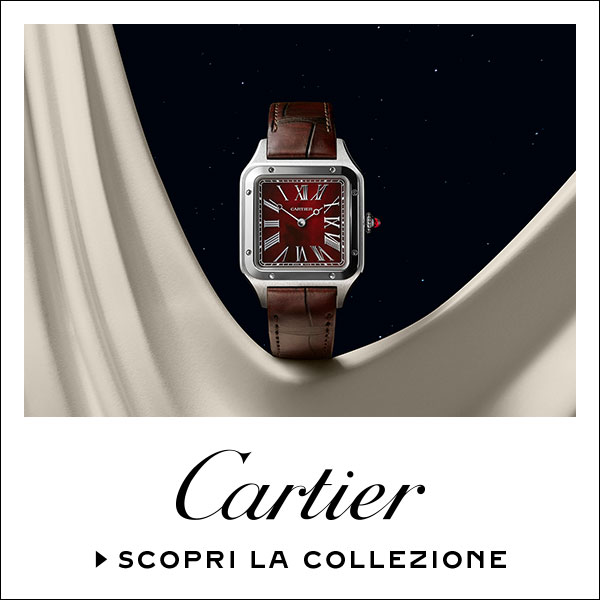Today we sit to talk with Elisa Catenazzi, a watch expert and part of the Collectability team. At IWS, people have we have always given people space, trying to find new ideas, topics to discuss and stories to tell.
This time around, we look at the world of vintage watches through the eyes of someone who has years of experience in this field. In this interview, we touch upon several themes, such as the role of Patek Philippe at some important auctions, gem-setting, and the state of the watch market.
This time around, we look at the world of vintage watches through the eyes of someone who has years of experience in this field. In this interview, we touch upon several themes, such as the role of Patek Philippe at some important auctions, gem-setting, and the state of the watch market.
1. Who is Elisa Catenazzi, and how did she fall in love with watches?
EC: I’ve always been passionate about art and cultural heritage, but more recently, I’ve gotten into watches and jewellery, especially vintage pieces. Coming from Lago Maggiore, I’ve had the privilege of being able to travel to, live, and work in several different countries. Through this, I have been able to absorb different parts of their cultures and lifestyles.
After having completed my studies in the Conservation of Cultural Heritage in Italy, I ventured off to London for an internship at Christie’s. I had no idea that this would lead me to a 15-year tenure at the auction house, bringing me back to Italy (Milan), but it would also lead me to have stints in Geneva and New York. It was a truly incredible adventure which saw me specialise in strategy and management for luxury item firms, with a particular focus on high-end watch brands. My passion for these objects began in 2008, when I had the opportunity of working as the Administrator of the Watch Department at Christie’s Geneva office, which was headed by none other than Aurel Bacs, who became my manager.

I found myself catapulted into the beating heart of watch collecting, at such a crucial time, no less, which was characterised by the sales of incredible collections, many of which came from my beloved Italy. Clients and collectors from all over the globe became very familiar names, and extremely dear contacts for years to come. I am proud to call many of them my friends, whom I still keep in touch with. I learned a great deal from them, and I had the privilege of being part of the number-one department: one which, despite the financial crisis at the time, was still able to put on some really successful auctions.
2. As the VP Regional Managing Director of Christie’s in the USA, what did your day-to-day look like?
EC: I held the title of VP Regional Managing Director at Christie’s New York offices between 2015 to 2019. In this role, I was responsible for the operational and commercial management of the watch, wine and women’s handbag departments. Out of these three, the watch department required the most attention, given the large volume of annual auctions and private sales.
By operations, I also mean all the back-office aspects – all the staff which worked behind the scenes at every auction. Furthermore, throughout these years, I was at the total disposition of our Italian clients – I was their reference point, despite the distance.
3. How did you get to know John Reardon? You recently joined the Collectability team, of which we are great admirers. Tell us a bit about that!
EEC: I’ve known John since 2013, when he was hired as the Head of the Watch Department at the Christie’s New York offices. I had just arrived from Geneva to assume my role as Business Manager. We were paired up with the task of strengthening the watch department’s presence in North America.
Working together was great, and we accomplished some incredible things. It wasn’t long before John was promoted to the International Head of the Watch Department after Aurel Bacs’ departure. Once again, I found myself side-by-side with the International Head! Those years were hard work, but very rewarding. Working with John was (and is once again!) a great honour and a pleasure. I’ve often been called his “right-arm”, and I couldn’t think of a better description myself.
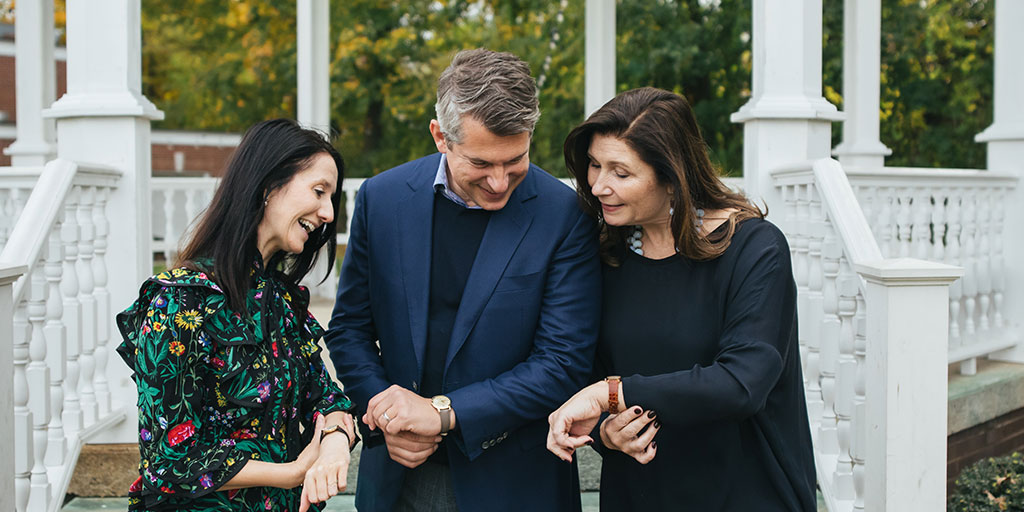
Lavorare nuovamente con John dopo la mia partenza da Christie’s e’ un vero e proprio sAfter approaching the Collectability team last September, to work once again with John after leaving Christie’s is a dream come true. Thus far, it’s been an extraordinary adventure within the world of Patek Philippe, a fascinating market which I have the pleasure of exploring alongside my friends John Reardon and Tania Edwards.
(Qui potete trovare un articolo importante sul temporaneo cambio di politica sugli (By clicking here, this will take you to a very important article written by Reardon for IWS on the temporary change in policy on the Patek Philippe Archive Extracts)
4. You have curated three very important auctions alongside John Reardon: the one celebrating Patek Philippe’s 175th Anniversary in 2014, the 2016 “Nautilus” auction, and the Patek Philippe Vintage Exhibition in 2017. What do you think made these three auctions so successful? Is there a common denominator?
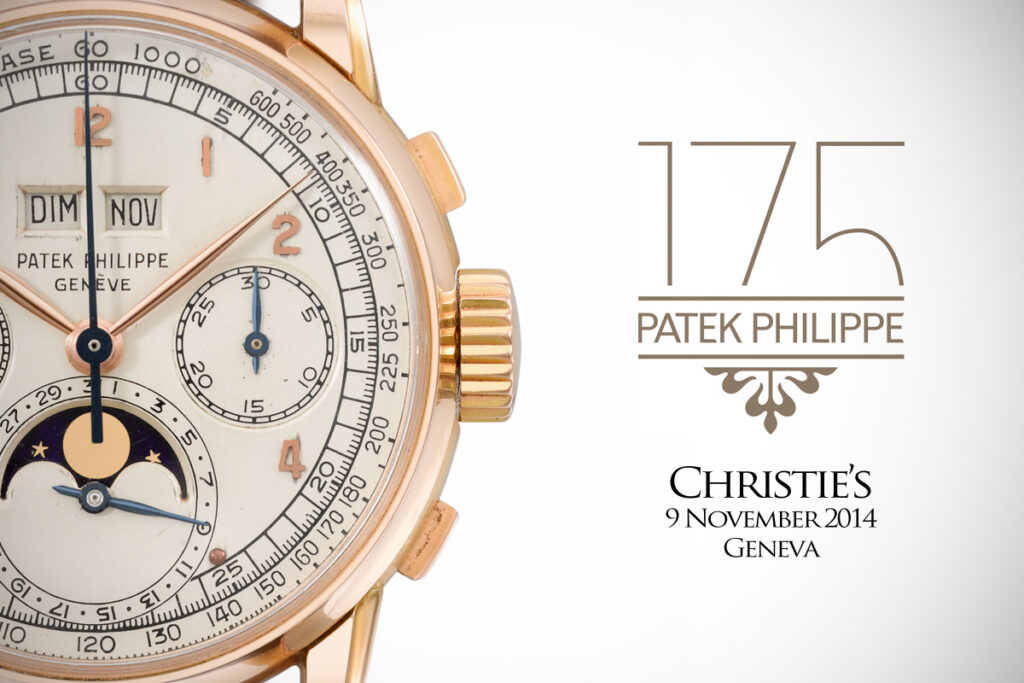
EC: The two “commemorative” auctions (175th Anniversary of Patek Philippe in 2014 and the Nautilus one in 2016) made huge steps in advancing and cementing the role of the, now trendy, “thematic” auctions: a concept ideated by Osvaldo Patrizzi in the ‘80s, and now desired by collectors. To celebrate one particular model, or an important anniversary proved itself to be a very fun and captivating task, which was ultimately able to garner huge attention and success worldwide.
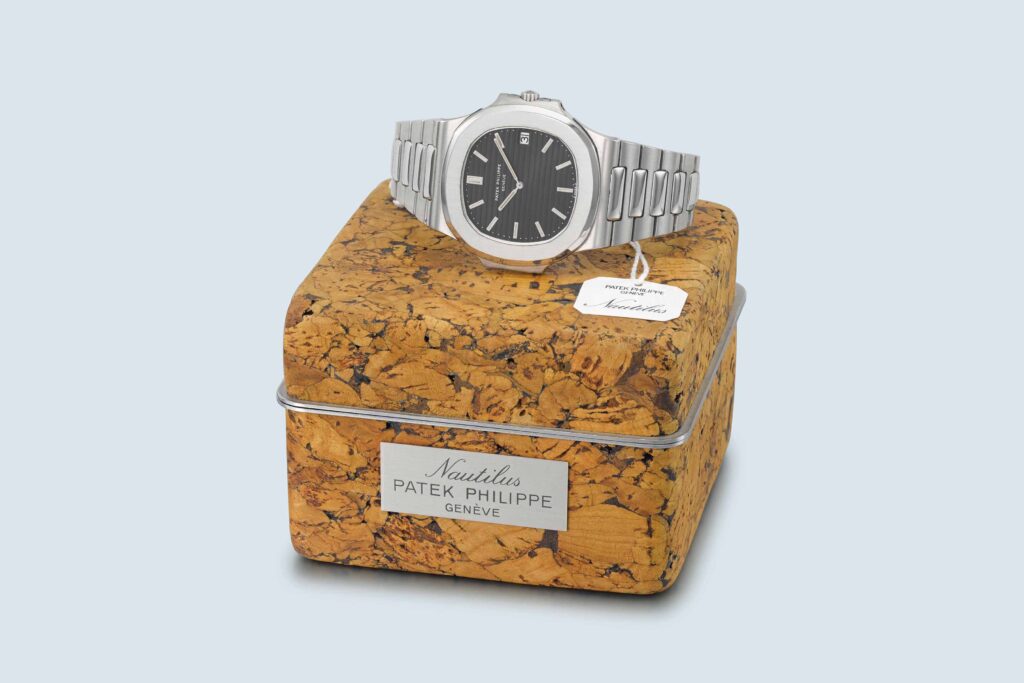
We witnessed an unprecedented level of engagement and bidder participation, not to mention record-breaking bids. This was thanks to extremely attractive and high-quality lots, and largely due to John Reardon’s academic and professional expertise in both auctions.
The lots presented in these auctions were truly, truly special: it was like walking through a museum, witnessing the history and evolution of iconic models right before our very eyes.
Fantastic!
The Vintage Patek Philippe Exhibition in 2017 was another stroke of genius on John Reardon’s part, who, upon the shortest of notices, managed to amass a 300-strong Patek Philippe collection for a private sale – alongside Patek Philippe’s “The Art of Watches Grand Exhibition” in New York (we however had no involvement in that)!.
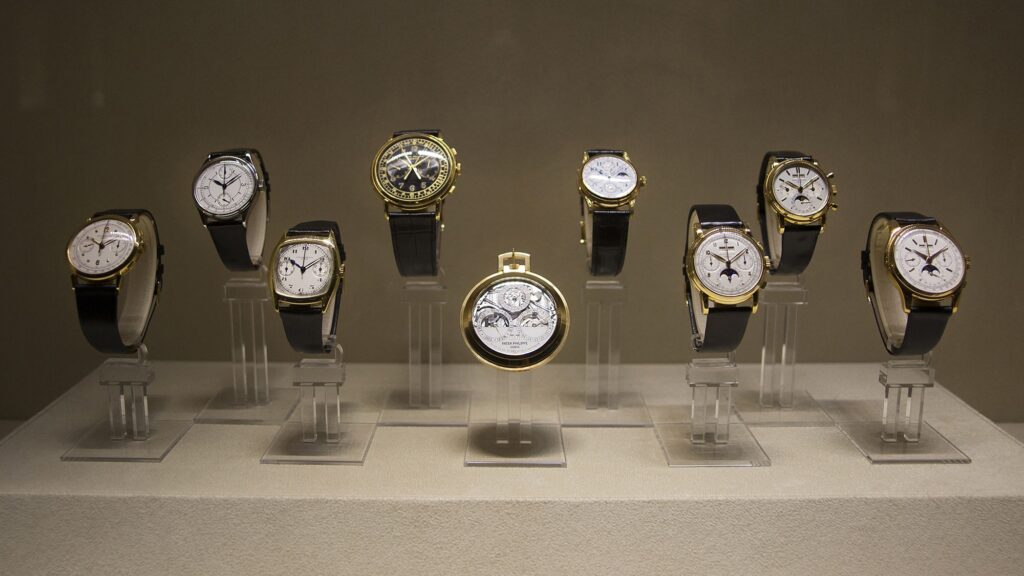
At Christie’s, we made sale after sale, with display cases filled with Patek Philippe pocket watches, wristwatches, pendulums, table clocks, solar clocks, items from every era – naturally, of exceptional condition and quality. In fact, some collectors competed to lend us their possessions!
In tandem with these sales, we offered select clients watchmaking courses, and invited them to a series of conferences with exclusive authors. John’s serious academic approach, supported by our team, led us to create a truly unique product, one which our clients still talk about today.
5. As an Expert Gemmologist (AJP, GG & GIA certified), when you come across precious stones in watches, how would you qualitatively evaluate them? Do you think that they receive the same level of attention as haute-jewellery items, or do you think watches are equipped with lesser stones? On that matter, do you think there is a difference in stone quality between vintage and modern timepieces?
EC: At Patek Philippe, setting precious and semi-precious stones has always been a real artform, and should be given the same respect as any of the other Metiers d’Art involved in making a luxury watch. These gems have enhanced Patek Philippe timepieces’ preciousness since the brand’s foundations, and have been incorporated onto their wristwatches from the 1920s onwards.
But the last years have been especially fruitful for precious stones: the demand for them has grown so much that the number of sertisseurs (gem-setters) at the company has gone from 10 to 50 between 2005 and 2015.
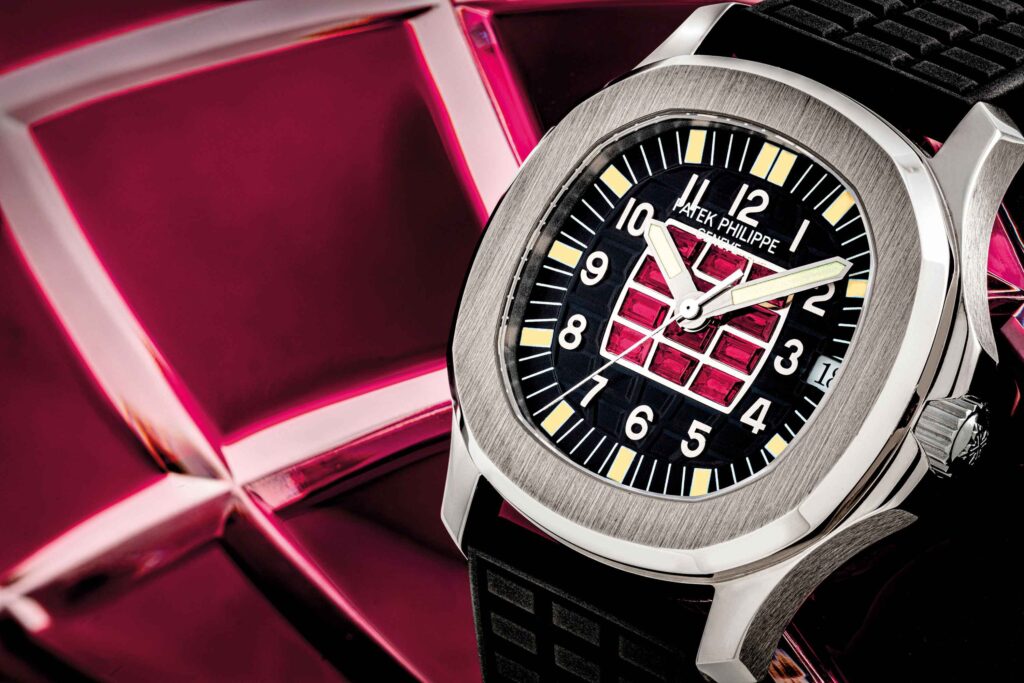
When I look at a pave diamond setting, or baguette indices, or any other type of precious stone detail (diamonds, sapphires, rubies, emeralds), I always focus on the actual setting itself, the symmetry of the design, and the cut of the stones. And one thing’s for sure: Patek Philippe has always used the best of the best, not only when it comes to the intrinsic quality of the stone, but also in its application.
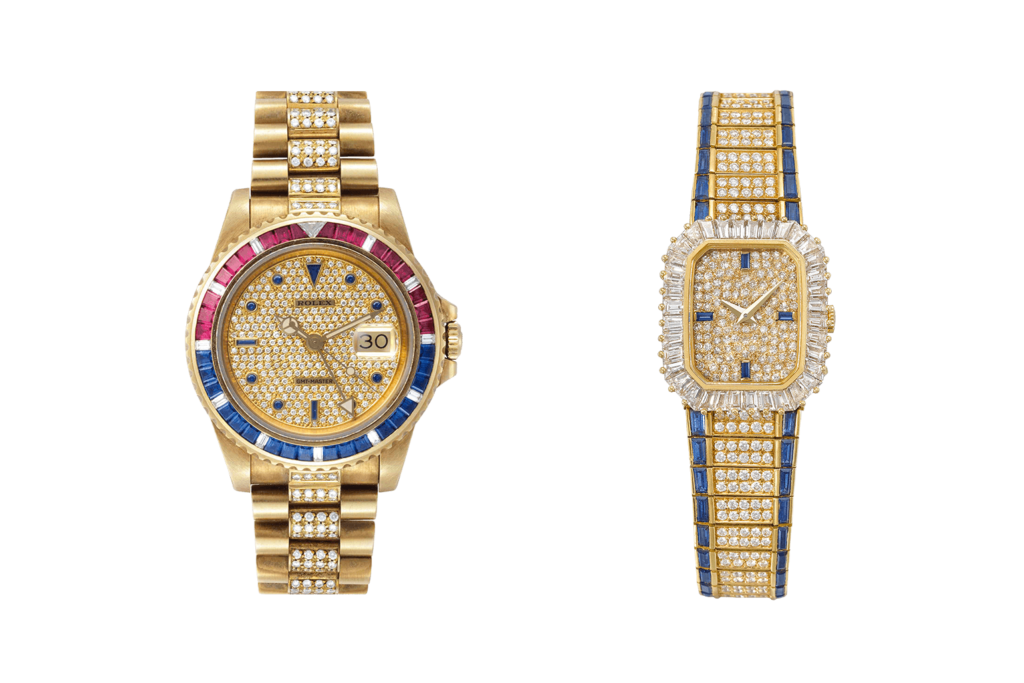
I am further impressed by vintage pieces with precious stones on them, because you must remember that these were set/positioned without modern technological aids, and therefore carried out by exceptional master jewellers. Back in those days, cutting stones wasn’t always perfectly symmetric, but that’s by no means detrimental to their quality: it was simply due to the absence of the electronic and mechanical tools that we enjoy today.
I have a particular liking for ornamental stones, and how Stern Frères used them on their dials from the 1970s onwards.
The grains, or, “veins” in the coral (a material which is no longer used nowadays), or the inclusions of lapislazzuli, or whichever type of semi-precious stone, render each of these dials totally unique and un-repeatable.
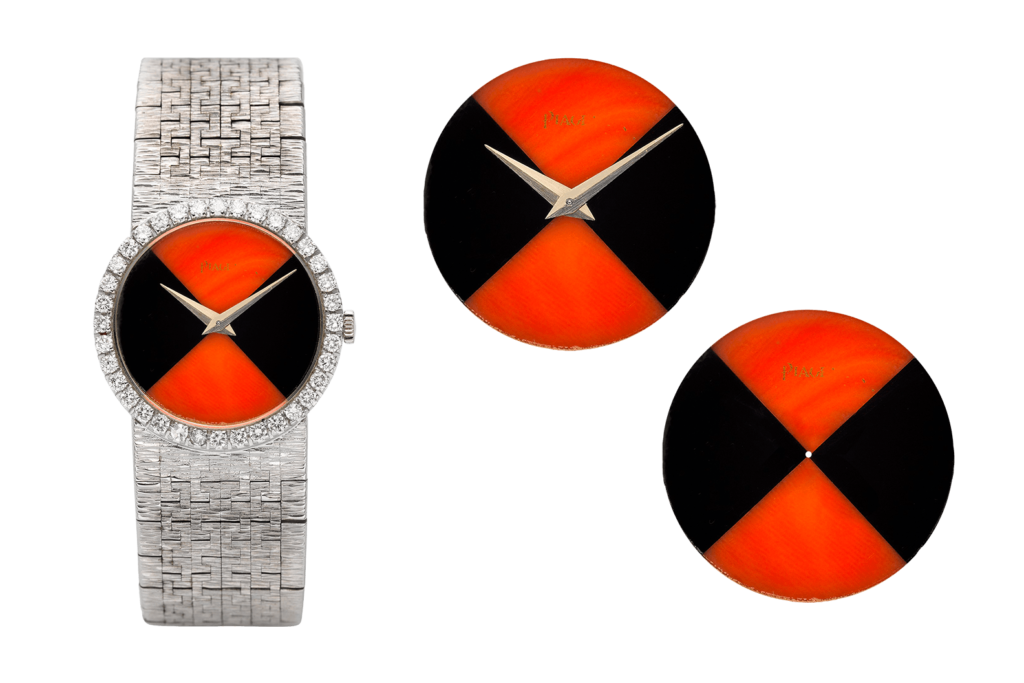
As they are naturally occurring materials, the stones themselves are unique, too, and working with them has always required a high level of expertise by the cadraniers: imagine for a second how hard it must be to cut these stones and achieve a sub-millimetric precision, without compromising the structural integrity of the material – this will become the dial of the watch!
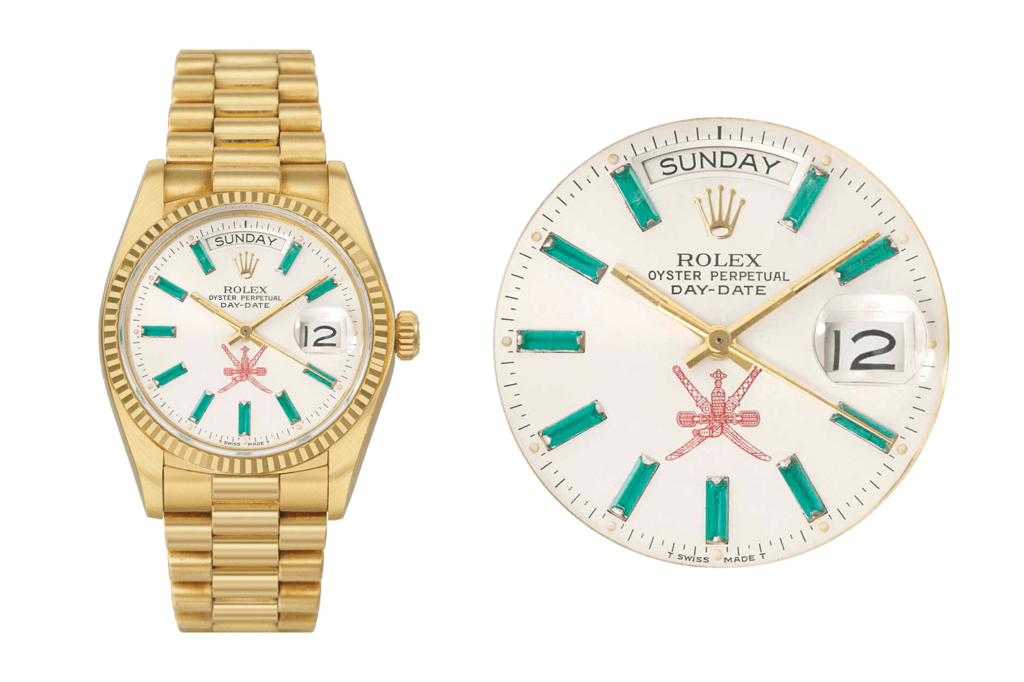
Studying gemmology has given me an even greater appreciation for the importance an uniquity of these dials, and how difficult it is to achieve them. And to know that every little detail, such as the micro-inclusions of other elements and graining patterns is thanks to Mother Nature, makes it that much more interesting and unique.
Obviously, Stern Frères was the first to overcome the problem of stone-dial fragility by introducing crysoscale in the 1970s: this copper, zinc and tin alloy was applied through special binders on the stone dials to preserve structural integrity. Also in those years, Stern Frères introduced an avant-garde milling machine which used ultrasonic frequencies/vibrations, which hugely improved precision, far better than traditional methods.
6. What is one watch that you think is truly undervalued, and that you’re surpirsed by it not being a front-runner in auctions?
EC: The Ellipse! Here at Collectability, we’re huge fans (almost obsessed!) of this fantastic Patek Philippe model which was first introduced in 1968. The Ellipse encapsulates an elegant and pure aesthetic based on the Golden Ratio. This is a naturally occurring design found in nature, and has been widely used by architects, artists, and designers ever since the Hellenistic period. The Golden Ratio can be found in the proportions of the human body, in leaves on trees, in the distribution of petals on flowers, and even in the arrangement of galaxies! It is a testament to nature’s ability to build itself in a harmonious and proportionate way.
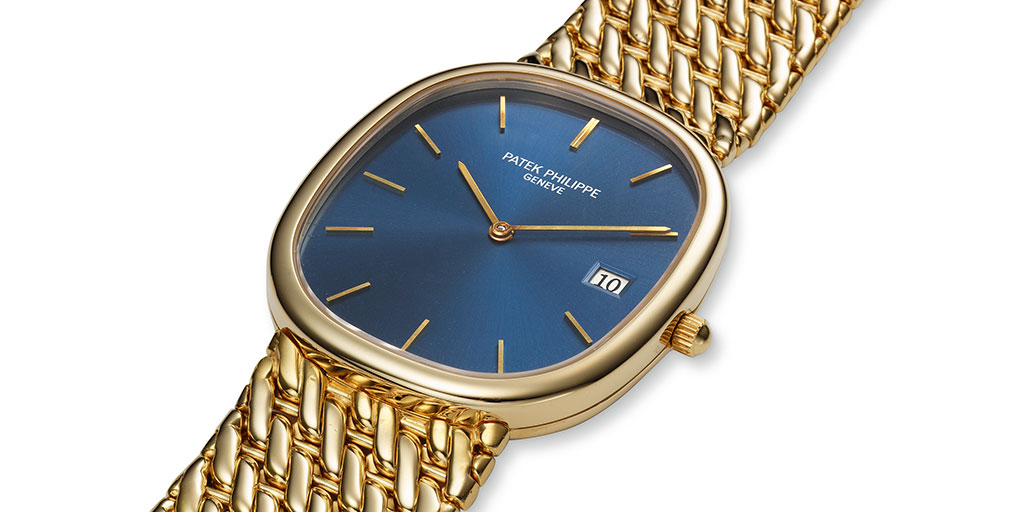
The Golden Ratio is the fundamental design principle of the Pantheon, and we can also find it in Leonardo Da Vinci’s Monna Lisa. Now think of having it on your wrist – isn’t that fascinating? As a lover of Greek and Roman art, the Golden Ratio is kind of like “my cultural heritage link” which makes me appreciate Patek’s employment of it that much more. I think it’s so cool how the Swiss watchmaker decided to draw inspiration from this millennia-old principle.

Per noi rappresenta tutto cio’ che e’ Patek, vale a dire purezza e bellezza intramontabili, espresse attraverso un design semplice ed elegante. Icona nata un attimo prima della rivoluzione del quarzo, da subito fu bene accolta per il suo design For us, it represents all things Patek: insurmountable beauty and elegance through simply and pure design. This model was first introduced right before the Quartz Crisis, and it became a hit for its instantly recognisable design, and how it symbolised the jet-set, luxurious lifestyle. In fact, the Italian ad campaigns for this model was based on the tag line “The Exclusive Circle”.
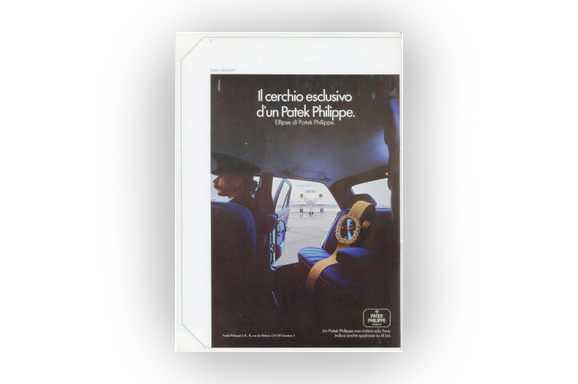
7. This is a peculiar time in the watch world – especially the vintage one: the market seems to have gone crazy and there are watches out there which are being sold for 10 times their estimate price. What do you think is causing this frenzy?
EC: I narrow it down to four main things: the recent announcements of certain models being discontinued, the media machine, sensationalism on social media, and the obsession of following trends. I think these are the main ingredients of an explosive cocktail which has been brewing for some time, now.
We’re living in a, no doubt, interesting time with crucial turning points, but you can be sure that the watch market won’t stop anytime soon. In this chaotic time, here at Collectability, our main aim is to educate our readers and clients as much as possible so that they are sure to make the right choice when it comes to buying or selling in these ever-changing times.
8. Do you have a dreams or aspirations when it comes to watches?
EC: Ne ho due! Intanto, quello di poter curare insieme ai miei amici di Collectability un’esposizione dei più rari modelli di Ellipse in occasione del prossimo anniversario di
EC: I have two, actually! The first is the chance to curate an exhibition on the rarest Ellipse models alongside my friends at Collectability, to celebrate its next big anniversary. And then, like many other collectors, I dream of having a look at John Lennon’s own 2499…
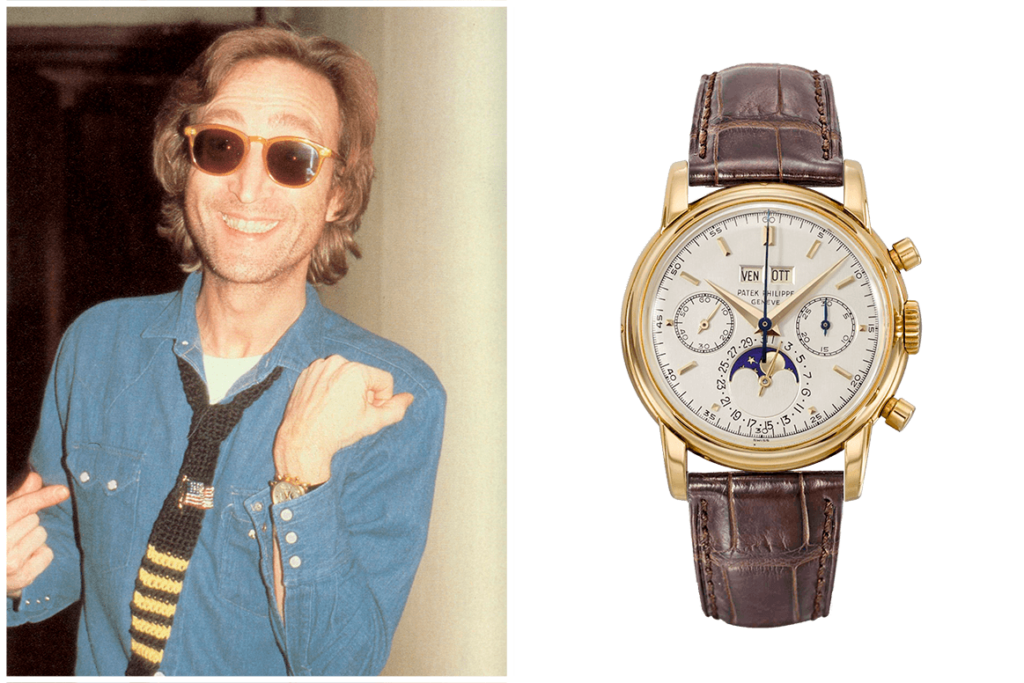
9. What advice would you give to younger people who are looking to begin collecting watches?
EC: Suggerirei innanzitutto di accostarsi il piu’ possibile alla storia dell’orologeria e di sEC: For starters, I would say to read up as much as possible on watchmaking history, and to do deep dives in your brands of interest. You should also carefully choose an expert in this field who can act as your trusted partner: an advisor, if you will, to help you in building your collection.
Furthermore, seek and consult reputable sources, document yourself, and take a look at what more senior collectors have done and are doing, whilst also making sure that what you’re doing aligns with your own tastes. And above all: collect for passion, and not purely for investment. Finally, try to look for things which will last for a lifetime, rather than a passing fad…

